Putter Weighting – The Basics
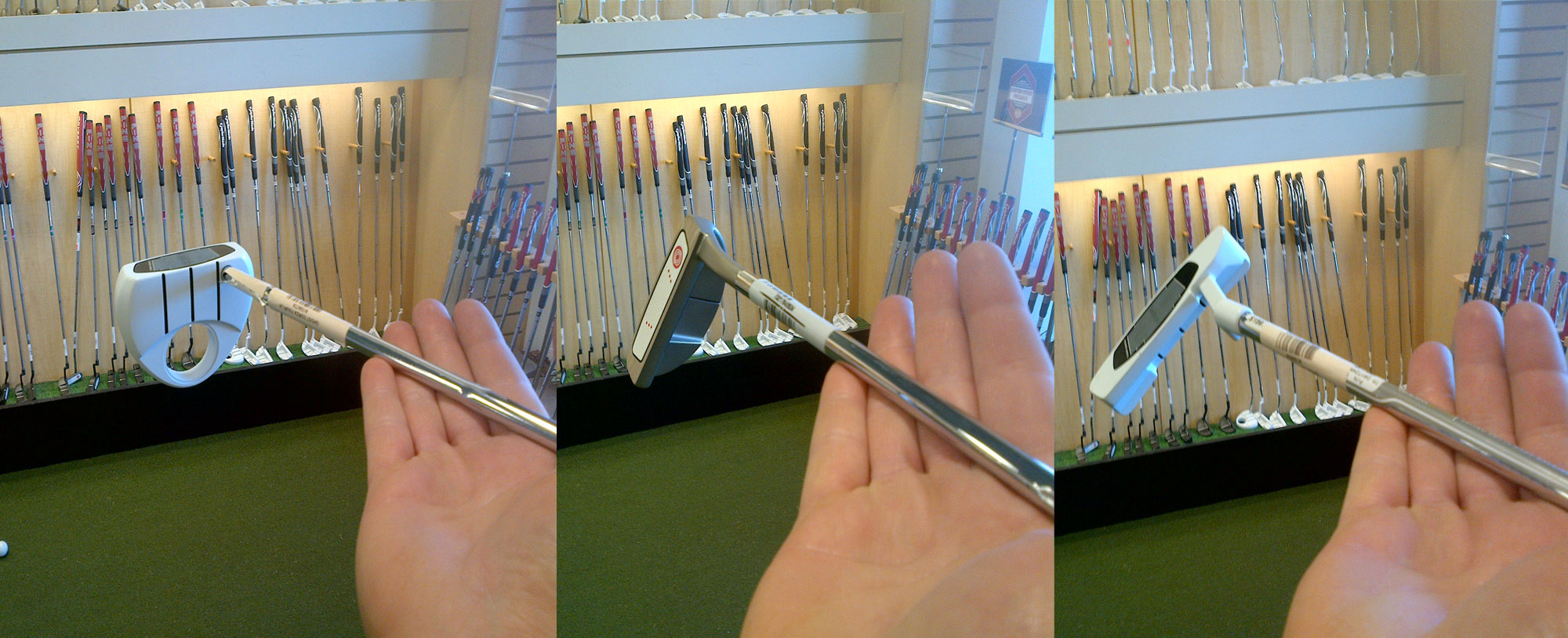
Understanding putter weighting: To dork-out about putting or not to dork-out about putting? An age-old question for this guy and most likely for many of you fellow hackers out there. One on hand, it’s gotta be the simplest part of the game – take a stick with a flat surface, hit the ball, and stop whining you nancy! On the other hand, every millimeter counts, and as the years go by, our brains have accumulated enough baggage on the greens to make Courtney Love jealous.

“Oh man, just visualize it going in the hole and pull the trigger”
So now what? Well, I recently stumbled into a tip that I think straddles the “nerd” line quite nicely – putter weighting. Did you know that putters are weighted in a way that complements a certain type of putting stroke, and using the wrong putter for your stroke can lead to high blood pressure and chronic panic attacks? If you’re like most of us hackers, you just went blank. We usually just head to the friendliest putting green in town (the store, of course), and try a few flatsticks until one has a look and/or feel that just seems right. Another method is to covet a putter that you’ve seen on TV or in a friend’s bag, gradually concluding that this one putter was crafted with you specifically in mind, and $119.00 later you’re still three-jacking on a regular basis.
Okay, so what’s putter weighting all about? In general terms, there are three types of putters available: classic toe-weighted blades (like the Odyssey #9 that Phil uses), heel-toe weighted putters (like the Anser #2), and mallet putters (like the Odyssey 2-ball). The classic blades have the majority of the weight at the toe, the heel-toe putters have their weight on each end of the blade, and the mallet putters have the weight balanced evenly across the face. The best way to see what category a putter falls into is to simply balance it on your finger and see which direction the putter head comes to rest.
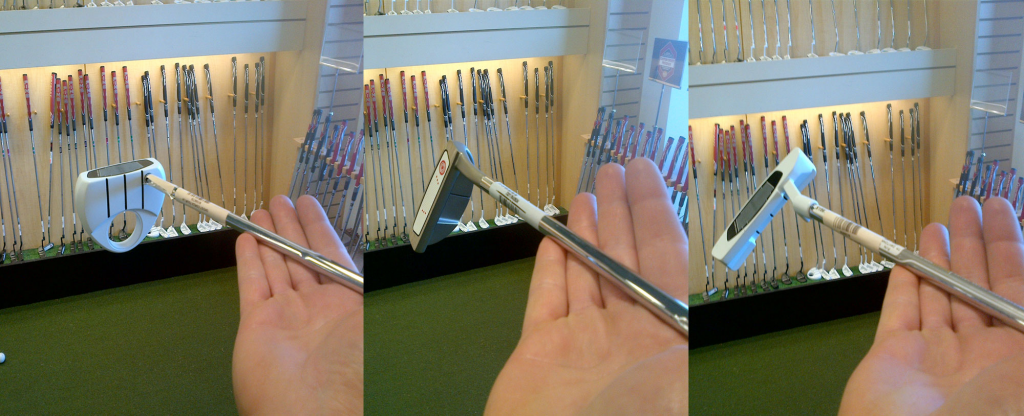
See how the mallet putter faces the sky, the blade points down, and the heel-toe putter is somewhere in the middle? Congratulations! You have the gift of sight and have passed putter weighting 101.
So how does putter weighting apply to the stroke? Simply put, each putter is designed for one of the three basic putting strokes. If you like to take the putter straight back and straight through, the face-balanced mallet is right for you. If your stroke path is inside/square/inside, like a pronounced arc where the clubface opens on takeaway, then the classic blade would be most appropriate. And if you’re somewhere in the middle with a slight arc to your stroke (this applies to most golfers), the heel-toe weighted putter is your goldilocks.
I learned this lesson the hard way – I bought an Odyssey #9 based solely on how cool I thought the putting stroke looked when it was wielded by others. What ensued was a 3 month downward spiral into the Yippon Territory, especially on short putts. Turns out my natural stroke does not have as much arc needed to properly handle the putter, and in general terms I just struggled with hitting the ball where I thought I was aiming. Tiny differences, but enough to shatter all confidence around the cup and trigger constant stroke-tinkering, an unfortunate trademark of my game. Meanwhile, Adam had been wasting his time with mallets for years, trying to force a straight back-and-through stroke simply because it was the only way he could get the giant head to work halfway correctly. Cut to the present day, and with our new proper putters we are both averaging only 18.2 putts per round! The previous statement is wholly inaccurate; however, we now have the right sticks for our natural path and can focus on improving the stroke itself.
So without a moment’s delay(!), go see what type of putter you have. Then see what kind of stroke you naturally lean towards. Or vice-versa, I don’t care! The point is, you might find that you’ve been making the swashbuckling a lot harder than it needs to be.
AUTHOR’S NOTE: In most circles it is understood that the blade putter is the least user-friendly of the bunch, intended for players of the highest caliber only. In keeping with all of my posts, there is a chance I am just not good enough to wield the blade, and that’s why it didn’t work for me. Cool? Cool.


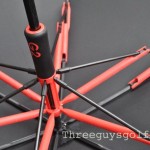
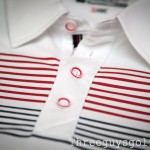

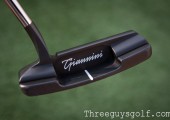
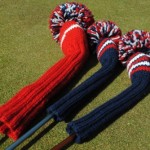

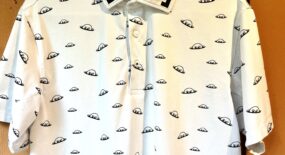







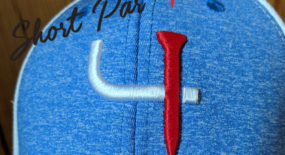



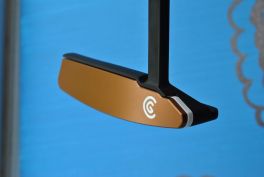
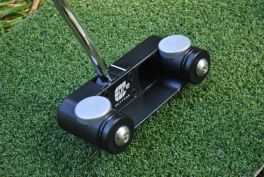

I noticed that Ping has started putting their putters in ‘arc’ categories, basically addressing this same thing. Who knew?! Great post, I have a mallet putter but wanna check if it’s my best bet.